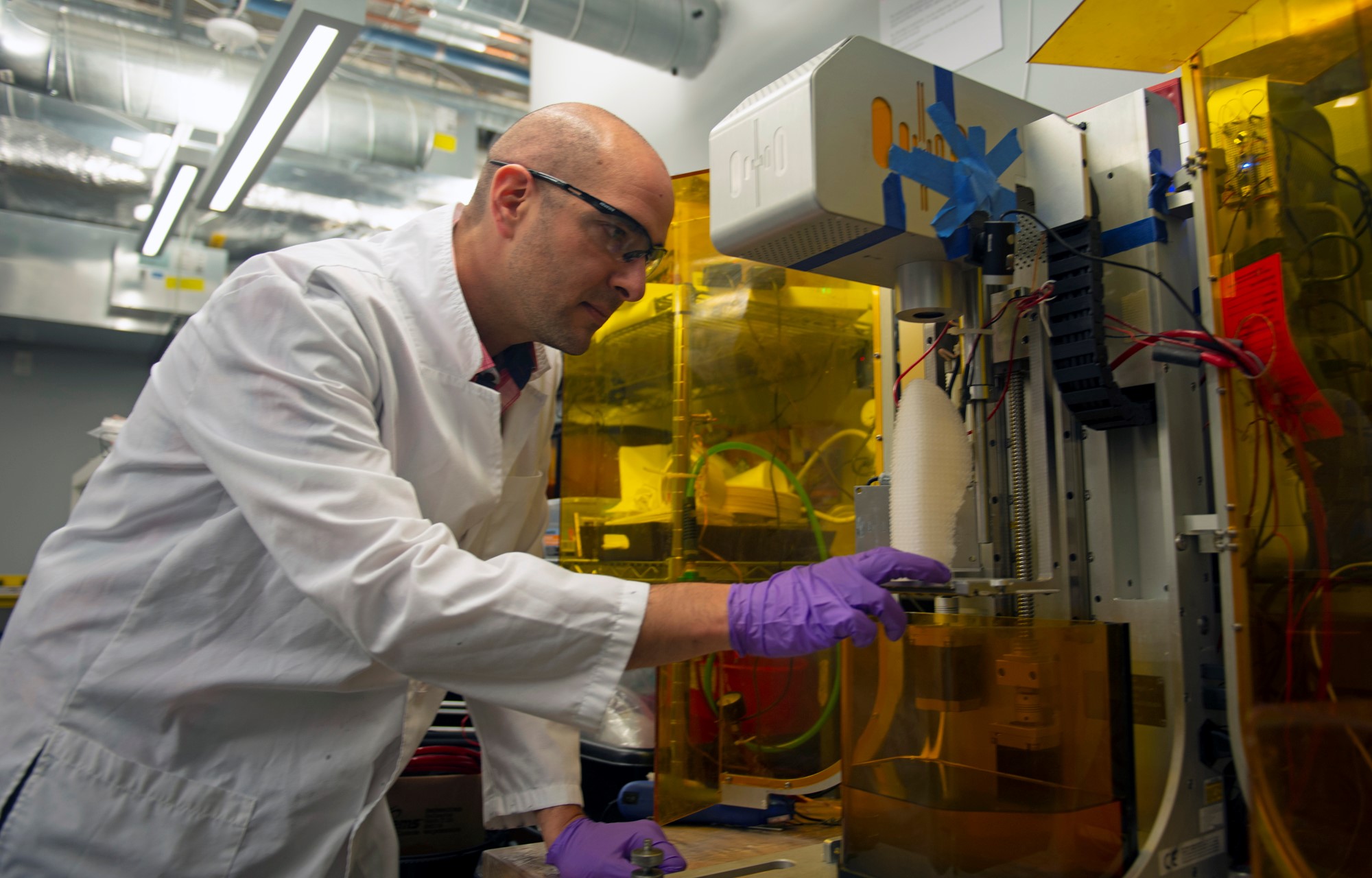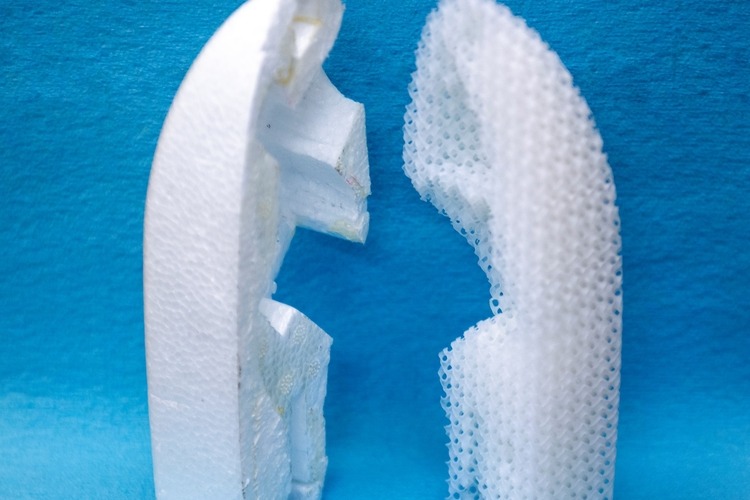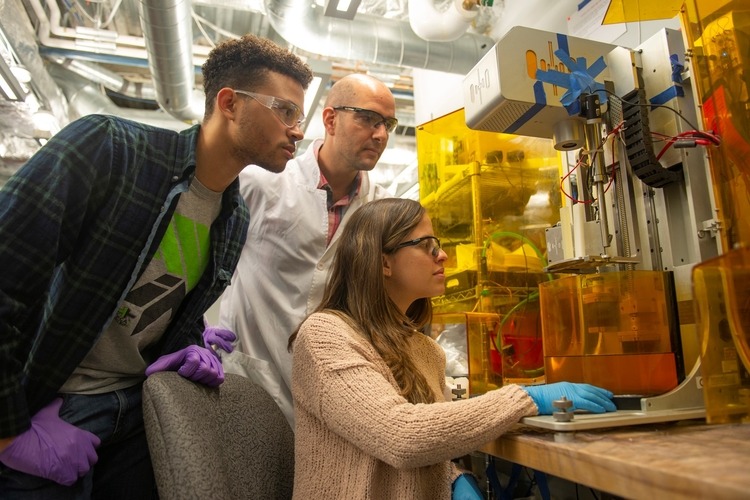Can 3-D Printing Lighten the Heavy Industry?
-
-
slice.mit.edu
Filed Under
Recommended

Matthew Pearlson SM ’11 considers himself a “professional pedestrian.” He, like many Bostonians, spends much of his time navigating the city on foot, and it was during these walks that he says he came up with a way to make the world a better place.
“I’m always walking around and listening to cars and construction vehicles and trash trucks and thinking, ‘why are these so heavy,’” says Pearlson, who has a background in chemical engineering and spent many years focused on renewable fuels research and alternative energy. He decided that instead of focusing on trying to play catch up and exploring ways to make energy more renewable, he wanted to focus on using less fuel and expending less energy by making things more lightweight.
To do this, Pearlson quickly turned to 3-D printing. After some testing, he came up with a tweak to an already common and proven technology, which entails retrofitting a standard 3-D printing blade so that instead of producing a solid material, the output is a foam that hardens when exposed to an ultraviolet light source.
“Using a liquid photopolymer to make a 3-D part with light has been around for over 30 years; it is the original 3-D printing technology,” says Pearlson. “What makes my process special is that I take the existing equipment and resins, and I tweak them with this foaming process to make it faster and lighter and cheaper, but still strong.”
So how can this small change make such a great impact? Pearlson explains how something as simple as a commercial drone nose cone can cost $100,000 and one year to produce, due to the steel mold that needs to be created in order to mass produce the custom piece of Styrofoam. Using Pearlson’s technology, any custom design can be created in mere hours, at a fraction of the weight and cost, with the same strength and durability.

An agriculture drone nose cone (left) made out of Styrafoam and made from the foam 3-D printing process (right).
Take that one example and apply it to large-scale parts like those that make up cargo drones, planes, construction vehicles, subway trains, and more. Pearlson believes that there is great potential to change manufacturing, as parts could be created in a fraction of the time, at a fraction of the cost, and with a fraction of the impact on the environment.
After pitching an early concept to MIT’s Sandbox Innovation Fund, Pearlson received a $25K grant, and today he’s doing the work in the MIT Lincoln Laboratory Beaver Works Facility. This summer, Pearlson is enlisting help in testing and proving his concept from two research interns participating in the MIT Summer Research Program, Kennard Johnston and Jemaris Martes Villalobos.

Pearlson (center) with summer interns Kennard Johnston (left) and Jemaris (right) Martes Villalobos
“There are thousands of these 3-D printing machines out in the wild and they’re used in aerospace, automotive, and healthcare,” says Pearlson. “People know this technology. If you can say, ‘keep everything the same and just add this little retrofit, so you can fit these lighter, faster, cheaper than ever before’—I think that’s water running downhill.”







